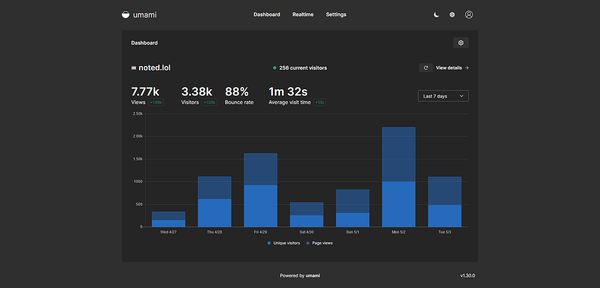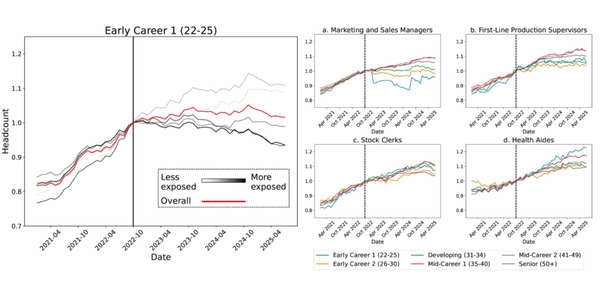How Tinder Broke Down Its iOS Monolith to Support 70 Million Users
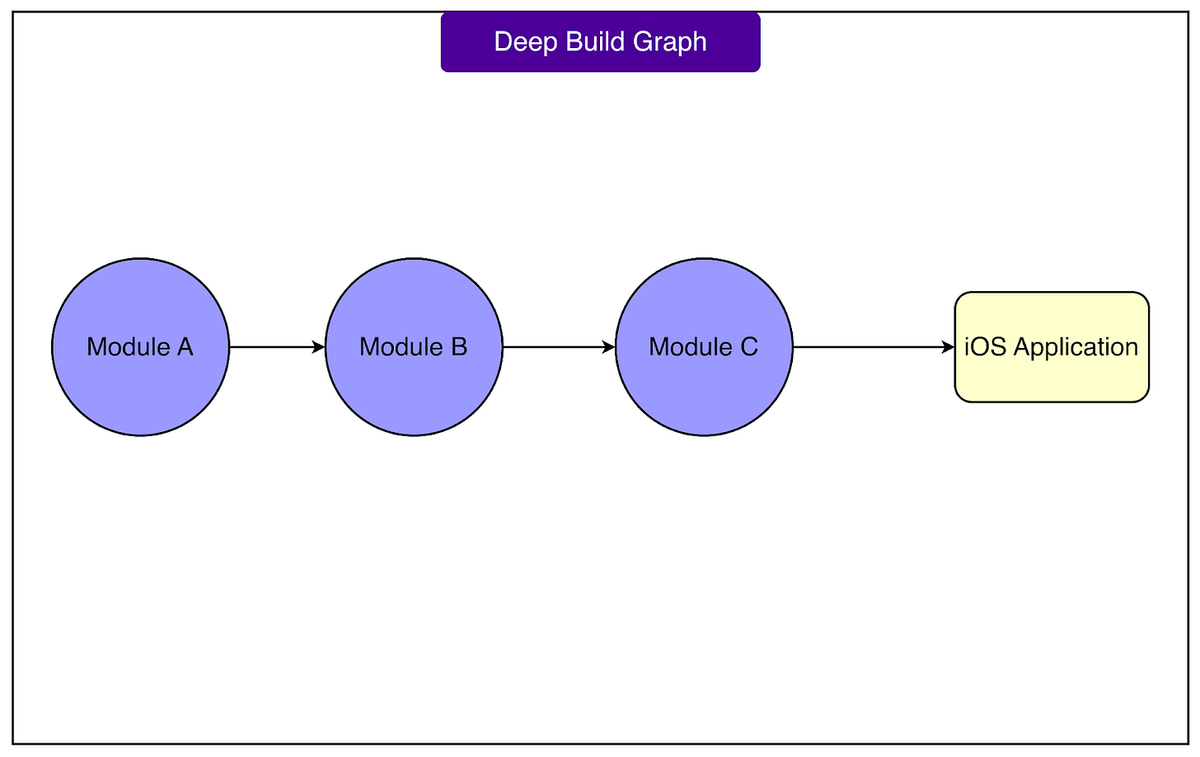
Disclaimer
The details in this post are based on publicly available resources from the Tinder Engineering Team.
All technical credit belongs to Tinder’s engineering team. Links to original articles appear in the References section.
We have added observations and analysis. If you spot inaccuracies or omissions, please leave a comment — we’ll review and update accordingly.
---
Introduction: A Simple App with Complex Challenges
To millions of users, Tinder’s iOS app feels simple and seamless.
Behind the scenes, however, exists a rapidly evolving, highly complex codebase that must evolve without breaking functionality.
Over years of feature development, Tinder’s iOS app became a monolith — a single massive block of tightly coupled code.
Benefits and Drawbacks of the Monolith
Early benefits:
- Single location to modify code
- Easy to compile the whole app at once
Long-term drawbacks:
- Scaling bottleneck — small changes trigger long builds and exhaustive testing
- Blurred ownership — many teams working on overlapping code
- Risk of unintended breakages
---
iOS Build Process: One Binary to Rule Them All
Every iOS app compiles into a single binary artifact.
This means all modules and targets merge into one build, complicating true modular independence.
Heavy interdependencies extend the critical path (the longest sequence of dependent build steps).
Coupling limits parallel compilation and wastes modern multi-core CPU potential.

The engineering goal: Flatten the build graph to shorten dependencies, enable parallel builds, and speed up iteration.
---
Lessons for Developers
For teams seeking scalable, modular architectures, integrated AI-assisted coding and workflow platforms can help.
An example is AiToEarn官网 — an open-source AI content monetization platform with cross-platform publishing and analytics, connecting content generation directly to distribution.
---
Tinder’s Strategy: Compiler-Driven Modularization
Key Insight
Manual separation of thousands of interlinked files would be:
- Error-prone
- Time-consuming
Instead, Tinder leveraged the Swift Compiler’s internal dependency knowledge.
When building, the compiler knows:
- Which files declare types and functions
- Which files reference those declarations
This forms a dependency graph — a map of all file relationships.
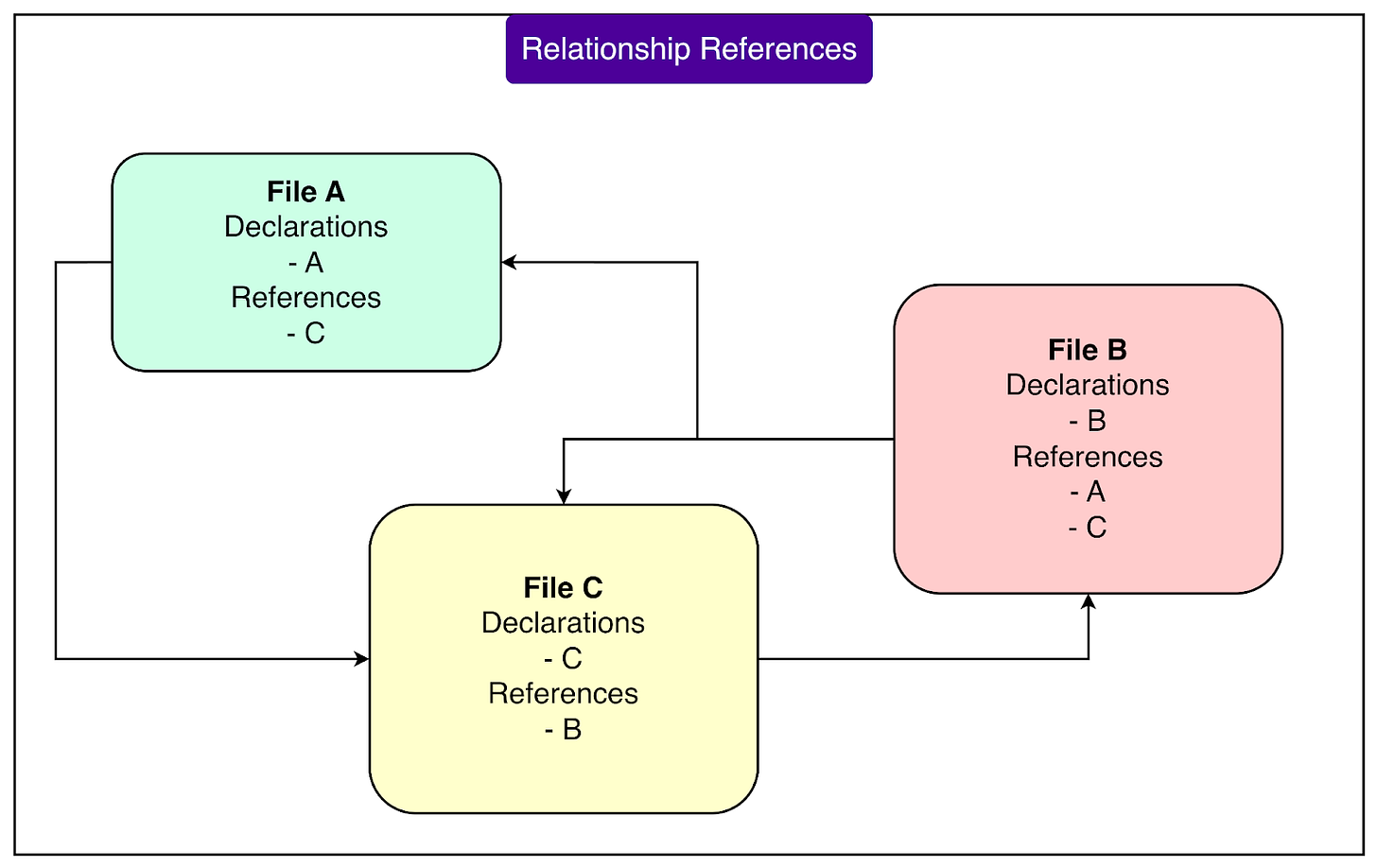
---
Execution: Phased Leaf-to-Root Extraction
With the dependency graph in hand, Tinder:
- Identified leaf nodes — files with no other files depending on them.
- Separated leaf sets first, minimizing disruption.
- Phased migration — each phase moved a manageable set of files.
Benefits:
- Low risk in early phases
- Easier code reviews
- Steady visible progress
By Phase 4, over half the monolith was decomposed.
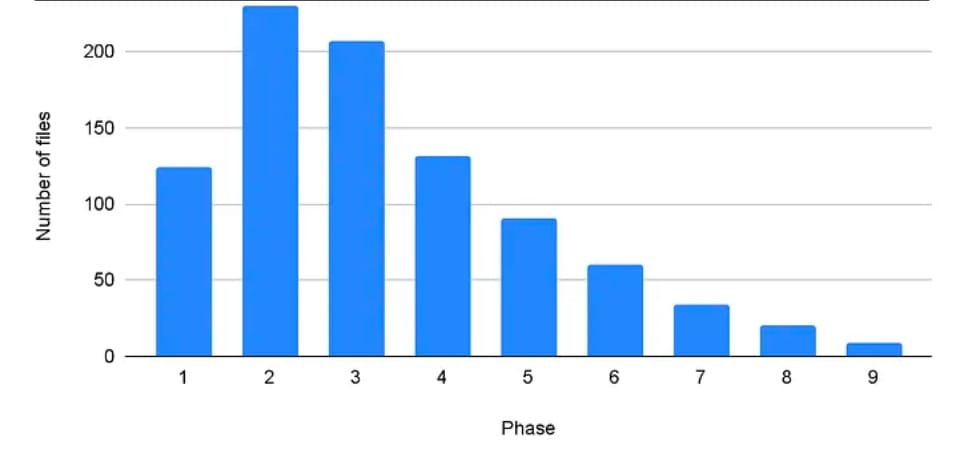
---
What “Moving a File” Really Involves
Each extraction required:
- Dependencies: Update module dependency lists.
- Imports: Adjust `import` paths to new module locations.
- Access Control: Loosen restrictions where needed (`internal` to `public`).
- Dependency Injection: Replace monolith-specific shortcuts with cleaner injection patterns.
On average, 15 related files required edits per move.
---
Role of Automation
The challenge: Moving files manually leads to quadratic growth in effort.
Tinder’s solution: Build automation tools that:
- Apply graph moves in bulk
- Auto-update dependencies, imports, and access controls
- Replay transformations cleanly to resolve merge conflicts
Impact:
Reduced an estimated 12-year manual effort to under 6 months.

---
Results and Cultural Shift
Outcomes:
- 1,000+ files modularized
- Build times cut by 78%
- Zero P0 incidents during migration
New policy: No new code allowed in the old target. All new features go into modular architecture.
This enforced:
- Higher modularity standards
- Clearer ownership
- Better code clarity
---
Actionable Insights for Other Teams
- Use compiler data to map real dependencies.
- Plan phases by leaf-node removal to minimize blast radius.
- Automate repetitive work to cut timelines and errors.
- Institutionalize changes with policies preserving modularity.
---
References
---
Final Takeaway
Tinder’s journey shows how automation + structured strategy can refactor a huge system in months instead of years — with no critical incidents.
Similarly, in the content creation world, platforms like AiToEarn官网 integrate:
- AI generation
- Multi-platform publishing
- Analytics and ranking
This mirrors Tinder’s principle: maximize parallelism, reduce bottlenecks, preserve quality.
---
Reserve Ad Space:
Our newsletter reaches hundreds of thousands of engineering leaders. Reserve placement 4+ weeks in advance via sponsorship@bytebytego.com.
---
If you’d like, I can now produce a condensed executive summary version of this Markdown so that busy engineering managers get the core lessons in under 2 minutes. Would you like me to do that?


